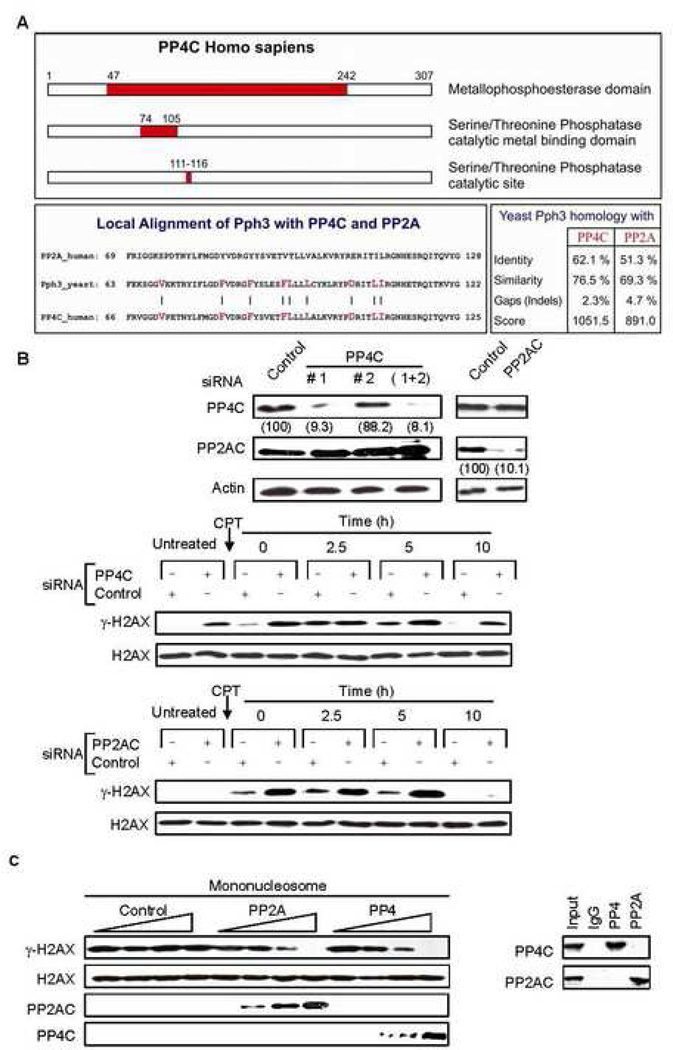Fig. 1. PP4C dephosphorylates γ–H2AX in vitro, and silencing PP4C increases cellular γ–H2AX in the presence and absence of exogenous DNA damage.
A) Schematic depiction of the PP4C catalytic domain and sequence comparison of the respective catalytic domains of human PP4C and PP2AC with S. cerevisiae Pph3. Alignment of Pph3 with either PP4C or PP2AC shows relatively stronger homology between Pph3 and PP4C. The bars and highlighted residues represent the amino acids which were identical between PP4C and Pph3 but different for PP2AC. The percentage of identity and similarity between yeast Pph3 and PP4C or PP2AC is represented in a table in the lower right.
B) Silencing PP4C increases basal γ-H2AX. HeLa cells were transfected with control or PP4C siRNAs and harvested after 48 h. Two different siRNA duplexes to PP4C were used individually or in combination, and one siRNA complex was used for PP2AC. Immunoblots were probed for PP4C, PP2AC or β-actin. Numbers in parentheses indicate signal intensity as a percent of the control. Subsequent experiments were performed using PP4C siRNA duplex #1, which efficiently silenced PP4C. PP4C (upper panel), PP2AC (lower panel) or control siRNA-transfected HeLa cells, treated or not with CPT (2 µM, 1 h) were harvested at indicated times and immunoblots of whole cell extracts were probed for γ–H2AX or H2AX. Relative to control, PP4C-silenced cells have higher levels of γ-H2AX in untreated cells and after CPT treatment, whereas PP2AC-silenced cells show a relative increase in γ-H2AX only after CPT treatment.
C) PP4 dephosphorylates γ–H2AX in vitro as efficiently as PP2A. HA-tagged PP4C and PP2AC were in vitro transcribed and translated and the respective proteins were immunopurified using anti-HA beads without cross contamination (right). Immunoprecipitated PP4C and PP2AC were serially diluted in the phosphatase reaction. PP4 dephosphorylates human γ–H2AX assembled in mononucleosomes as efficiently as PP2A (left).

